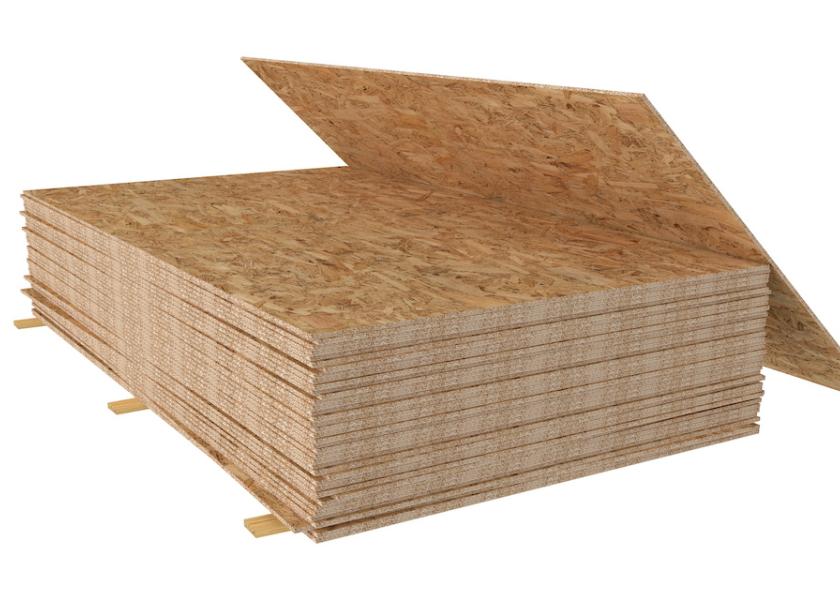The Plywood Guide (And 6 Other Helpful Calf Barn Tips)

In either group or individual pens, preweaned dairy calves need 30-32 square feet of resting space – about the size of a sheet of plywood – according to animal housing consultant Harold House with Dairy Logix, a firm based in Woodstock, Ontario, Canada.
On a recent episode of The Healthy Calf Podcast from the Veal Farmers of Ontario, House shared this and other insights based on his many years of experience as an agricultural engineer working with calf housing and ventilation systems.
He advised when applying the “plywood rule” to group pens, be sure that square footage is allowed in the actual pen where the calves reside, not the entire room. “It’s important consider that’s the bedded area; don’t include the scrape alley,” he said. “More [resting space] is always better, but that’s a good place to start.”
Whether you’re building a new calf barn or retrofitting an existing structure, he shared additional tips for excellent calf housing:
- Choose your ventilation method carefully – Calves need 4 air exchanges per hour to maintain good air quality. That might be possible with natural ventilation like curtained sidewalls if a building is situated to capture prevailing winds. If not – which is often the case with existing buildings – mechanical ventilation might be the best option, even though it can be a bit more expensive to install and operate.
- You probably need a PPV tube – Both naturally and mechanically ventilated barns can benefit from the additional ventilation support of a positive pressure ventilation (PPV) system that draws fresh air from the outside and distributes it evenly through the building via a hole system in the tube. House said PPV systems are especially helpful in the winter in cold climates because they help facilitate air movement without creating drafts.
- Use heat sparingly – With adequate nutrition, bedding, air quality, and possibly calf coats, calves can do very well in cold barns that have little to no supplemental heat. House advised making heating decisions in the interest of the calves, not the comfort of their caretakers. He said an ideal temperature target for the interior of heated calf barns in the winter is 4-10°C [40-50°F]. “Use the heat as a ventilation tool to dry out the air so we can achieve our fresh air exchanges,” he stated.
- Think at the calf level – Remember that calves reside at a lower level than the humans who care for them, especially when they are lying down. Get down to their level to check air quality. Use the “knee test” by kneeling in their bedding to see if is dry. Observe calves’ behavior – are they coughing or huddling together to avoid drafts?
- Offer solid surfaces – House said calves prefer to rest against solid surfaces, which could explain why calves in group pens tend to rim the exterior walls when they’re lying down. He advised using solid partitions between individual pens, which provide the extra advantage of preventing drafts. In group pens, he suggested surrounding each pen with a walkway, so calves are not resting against exterior walls that could draw out a lot of their body heat in wintry weather.
- Ask for help – When you work daily in the same building, you become accustomed to its odors, humidity level, and overall air quality. Inviting a third party to evaluate your barn can provide an outside assessment of those factors. House said many veterinarians are well-trained in ventilation and housing systems. Assistance from consultants and university Extension specialists might also be available. Another excellent source of information is The Dairyland Initiative website from the University of Wisconsin.
While he specializes in ventilation systems, House said raising healthy, thrifty calves depends on a combination of factors, that also include nutrition and other management factors. “Ventilation is just one piece of the puzzle,” he stated. “All the pieces have to fit together.”
For more on calf health, read:
- Are You What's Standing in the Way of Pain Mitigation?
- How a Spreadsheet Can Help Simplify Calf TPI Tracking
- How to Increase the Marketability of Beef-on-Dairy Calves
- 3 Offense Tools to Control Crypto in Calves
- Two Reasons Why Feeding Hay Could Help Alleviate Cross-Sucking
- Nine Ways to Help Resuscitate A Newborn Calf







